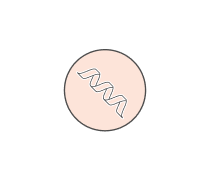Exploring Amino Acid Structures and Characteristics Quiz
- ACS
2.
We’ll put your name on your report, certificate, and leaderboard.










 Back to top
Back to top






